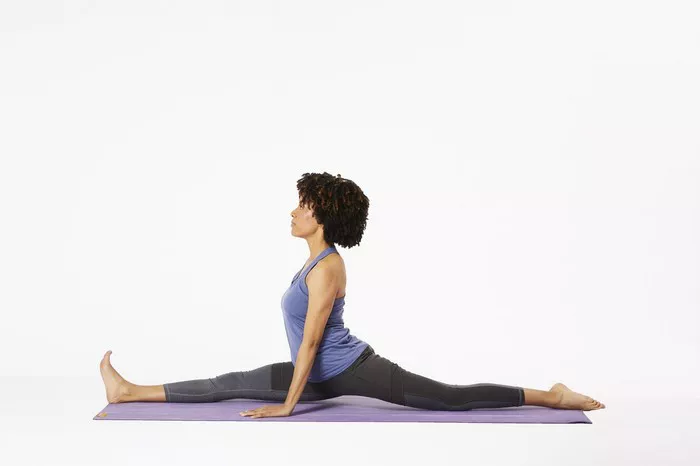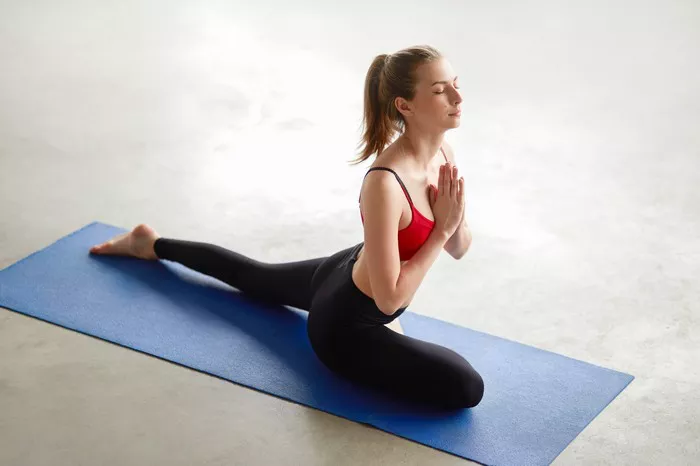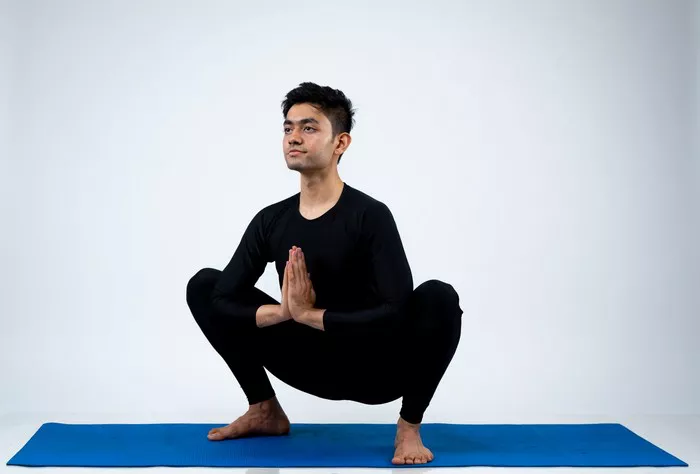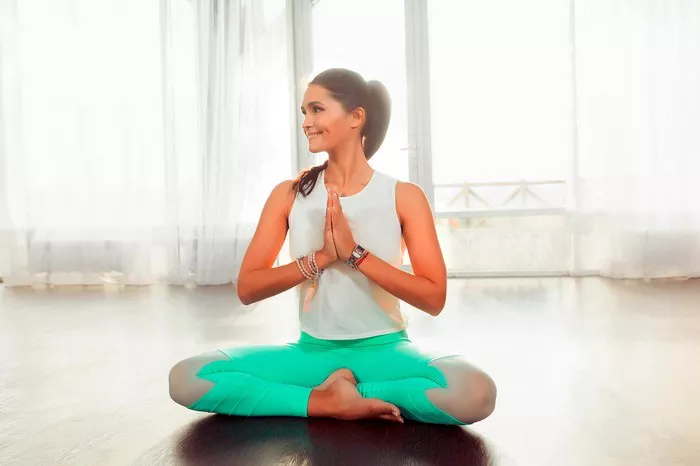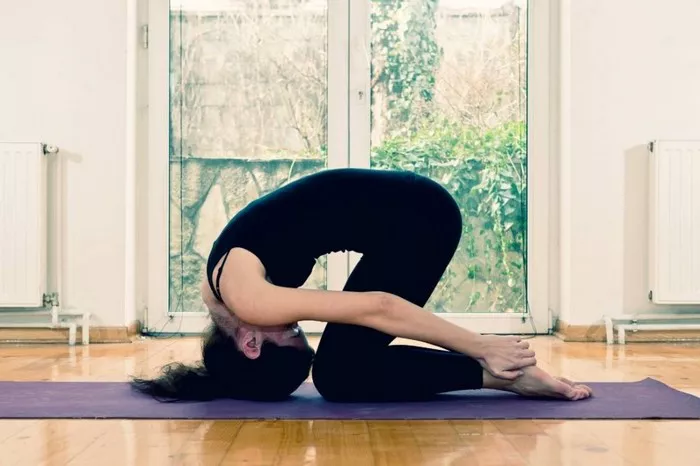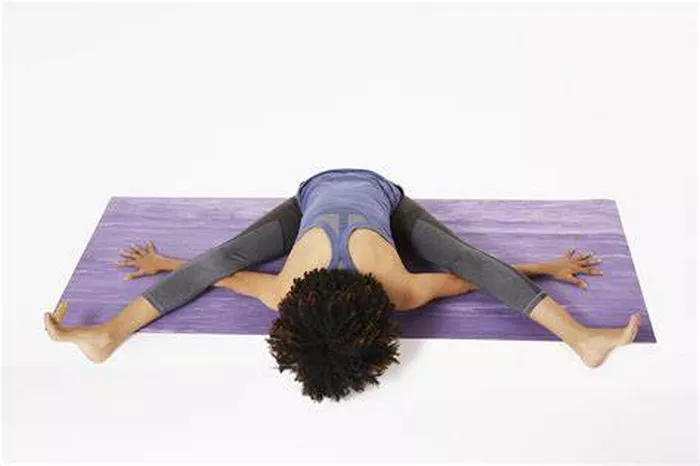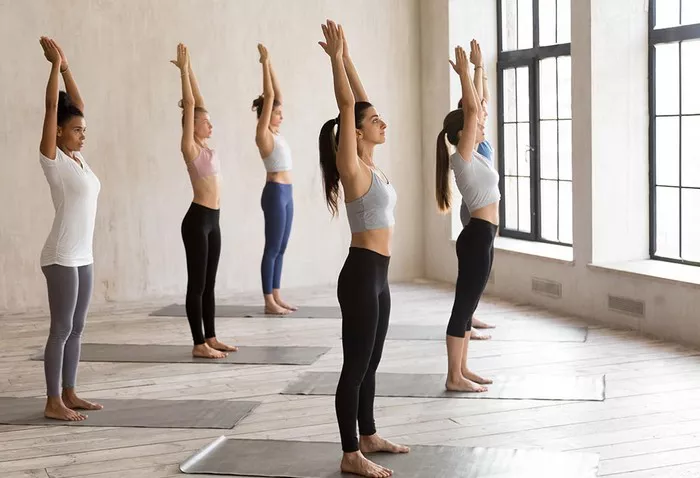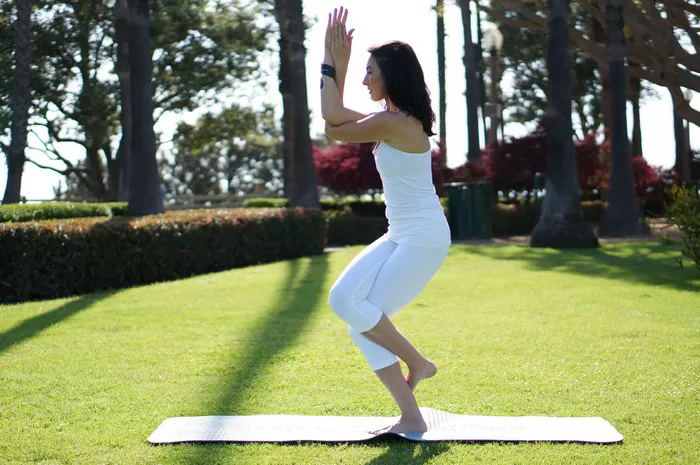Origins and Symbolism
Yoga, an ancient practice originating from India, encompasses a vast array of poses designed to align the body, mind, and spirit. Among these poses lies the Monkey Pose, or Hanumanasana, which pays homage to the revered Hindu deity Hanuman, known for his strength, devotion, and agility. Hanuman, a central figure in the Indian epic Ramayana, exemplifies courage and loyalty, making the Monkey Pose a symbol of these qualities within the practice of yoga. As practitioners delve into the Monkey Pose, they tap into the essence of Hanuman’s journey, embodying resilience and determination.
Physical and Mental Benefits
The Monkey Pose offers a plethora of physical and mental benefits, making it a valuable addition to any yoga practice. Physically, this pose stretches the hamstrings, quadriceps, and hip flexors, promoting flexibility and suppleness in the lower body. Additionally, it strengthens the core muscles, improves balance, and enhances overall stability. Mentally, practicing the Monkey Pose cultivates focus and concentration, fostering a sense of inner calm and tranquility. Moreover, the deep stretch encourages mindfulness, helping practitioners release tension and stress stored within the body.
Variations and Modifications
As with any yoga pose, the Monkey Pose can be modified to accommodate practitioners of all levels and abilities. For beginners, using props such as blocks or blankets can provide support and stability while easing into the pose. One variation involves performing the pose with the back knee on the ground, gradually working towards extending the front leg as flexibility increases. Advanced practitioners can explore deeper variations by incorporating backbends or arm balances into the pose, further challenging strength and flexibility. Additionally, utilizing straps or belts can assist in reaching a deeper stretch without straining the muscles or joints.
Step-by-Step Instructions
- Begin in a kneeling position on the mat.
- Extend the right leg forward, keeping the foot flexed and toes pointing towards the ceiling.
- Slowly lower the hips towards the mat, maintaining a slight bend in the right knee.
- Slide the left knee back until the hips are aligned over the left knee.
- Inhale deeply, lengthening the spine and lifting the chest.
- Exhale as you slowly begin to straighten the right leg, guiding the heel towards the front of the mat.
- Keep the hands resting on the mat for support, or place them on blocks if needed.
- Engage the core muscles to stabilize the body, and breathe deeply into the stretch.
- Hold the pose for 30 seconds to 1 minute, focusing on steady breath and mindful awareness.
- To release, gently bend the right knee and return to the starting position.
- Repeat on the opposite side, extending the left leg forward and following the same steps.
Precautions and Contraindications
While the Monkey Pose offers numerous benefits, it is essential to approach the pose with caution and mindfulness, especially for individuals with certain health conditions or injuries. Those with hamstring injuries or chronic knee pain should exercise caution when performing this pose and may need to modify or avoid it altogether. Additionally, individuals with hip or lower back issues should consult with a qualified yoga instructor before attempting the Monkey Pose, as it may exacerbate existing discomfort or strain. Pregnant women should also practice this pose with care, avoiding deep stretches and maintaining proper alignment to ensure the safety of both mother and baby.
Conclusion
In conclusion, the Monkey Pose serves as a powerful symbol of strength, flexibility, and devotion within the practice of yoga. By exploring its origins, understanding its benefits, and approaching it with mindfulness and awareness, practitioners can unlock the transformative potential of this ancient posture. Whether you’re a beginner or an experienced yogi, the Monkey Pose invites you to embark on a journey of self-discovery and inner exploration, embodying the spirit of Hanuman as you navigate the realms of body, mind, and spirit.
FAQs:
What are the symptoms of Monkey Pose?
Monkey Pose, or Hanumanasana, involves deep stretching of the hamstrings and groins. Symptoms of overexertion or incorrect practice may include muscle strain, particularly in the thighs, groin, or lower back. Additionally, individuals might experience discomfort or pain in the knees or hips if alignment is not maintained. Beginners might also find it challenging to balance or maintain stability in the pose, leading to potential falls or accidents.
What is twisted Monkey Pose?
Twisted Monkey Pose is a variation of Hanumanasana where the torso twists toward the extended leg. This variation intensifies the stretch in the hip flexors and hamstrings while also engaging the core and promoting spinal flexibility. It requires balance, strength, and deep concentration to execute safely and effectively.
What yoga poses represent gods?
Various yoga poses are associated with Hindu gods and goddesses in symbolic representations. For instance, Ardha Chandrasana (Half Moon Pose) is associated with Lord Shiva, while Matsyasana (Fish Pose) is linked with Lord Vishnu. These associations add depth and meaning to the practice, connecting yoga practitioners with spiritual traditions and mythologies.

